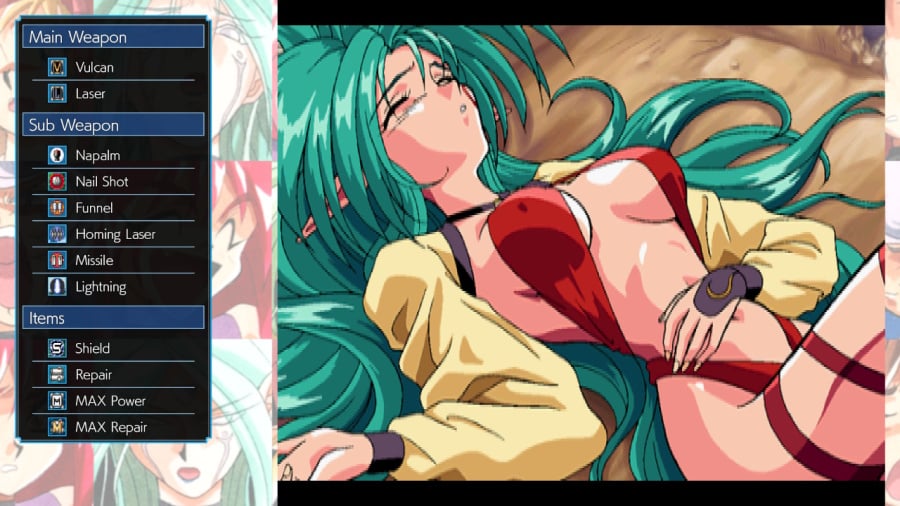This retro title presents an unusual case within the Saturn revival catalog, primarily due to its origins as explicit software and a legacy of mediocrity. Initially released in 1994 for the NEC PC-98, early iterations suffered technical limitations alongside questionable artistic direction. Visual novels like Yu-No managed to transcend their adult foundations, but this work struggled despite contributions from acclaimed designer Takahiro Kimura.
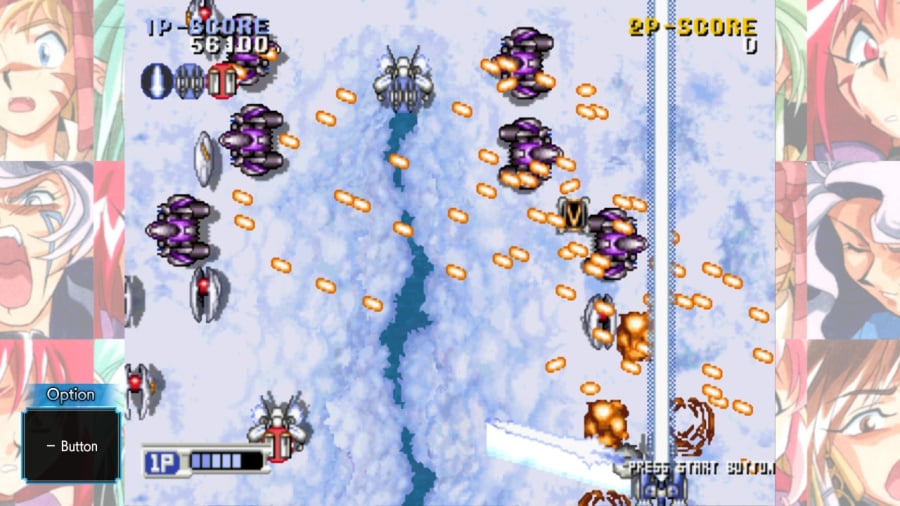
The narrative centers on extraterrestrial siblings combating a viral outbreak through unconventional methods. Ports emerged for 90s consoles, with Saturn’s iteration improving visuals and playability while stripping adult content. Gameplay combines frenetic shooting with chaotic enemy patterns, though structural inconsistency undermines challenge. A dodging mechanic proves useful yet occasionally frustrates due to imprecise controls.
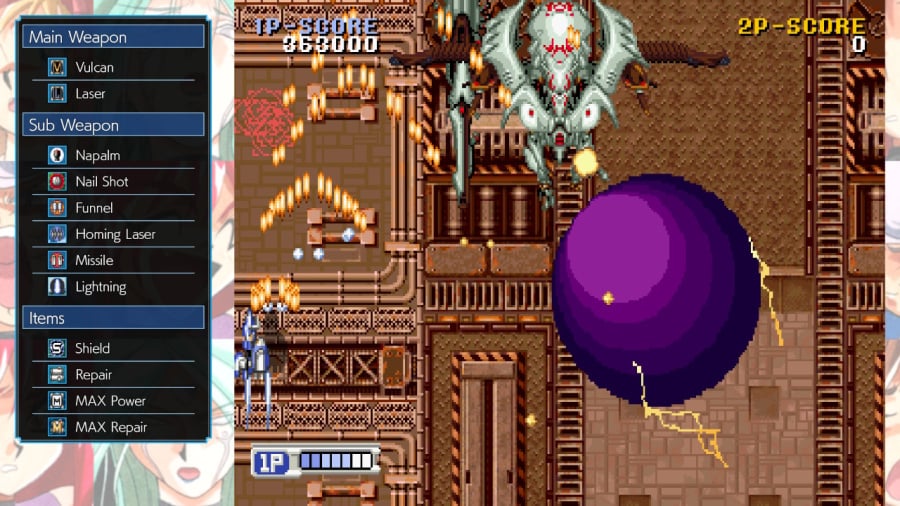
“Players encounter a bizarre animal violence sequence involving cows during stage 5, presenting tonal whiplash.” Weapon management remains central, with an overwhelming array of temporary upgrades requiring careful selection. Optional interface elements help clarify mechanics, though visual feedback for damage proves lacking – a flaw carried over from original versions.
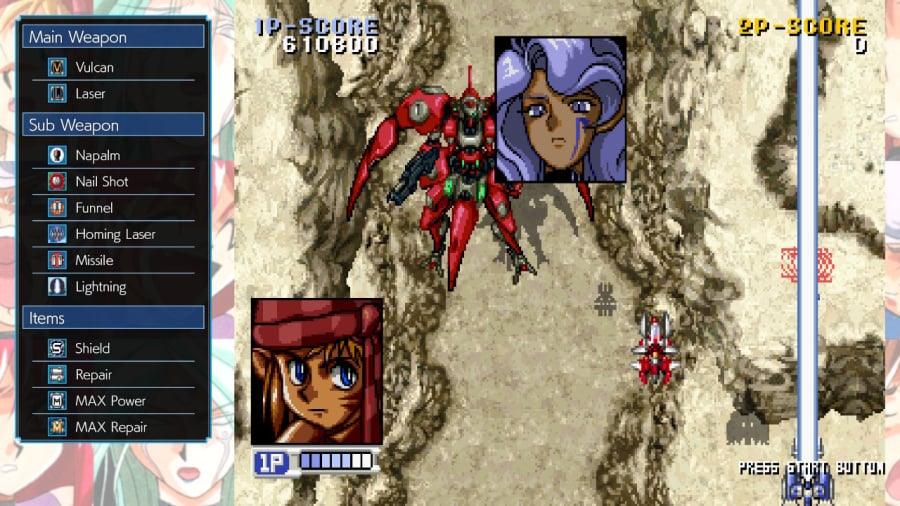
Modern enhancements include save states and adjustable settings, though localization oversights mar the experience. With untranslated dialogue and unsubtitled cinematics, narrative context vanishes for non-Japanese audiences. The developer’s content adjustments remain ambiguous, potentially altering core character elements without clear communication.
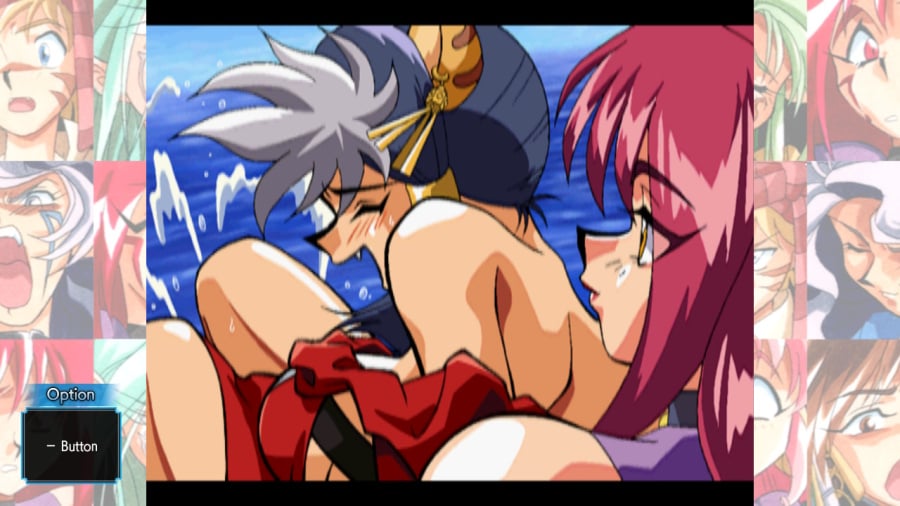
Verdict
Divorced from its erotic origins, this revival reveals fundamental limitations beneath its aesthetic polish. While boasting impressive visual upgrades and sporadic creative sparks, repetitive design and technical shortcomings persist. The absence of proper localization compounds issues, hindering engagement despite quality-of-life improvements. Ultimately, it serves better as historical curiosity than compelling contemporary experience.

